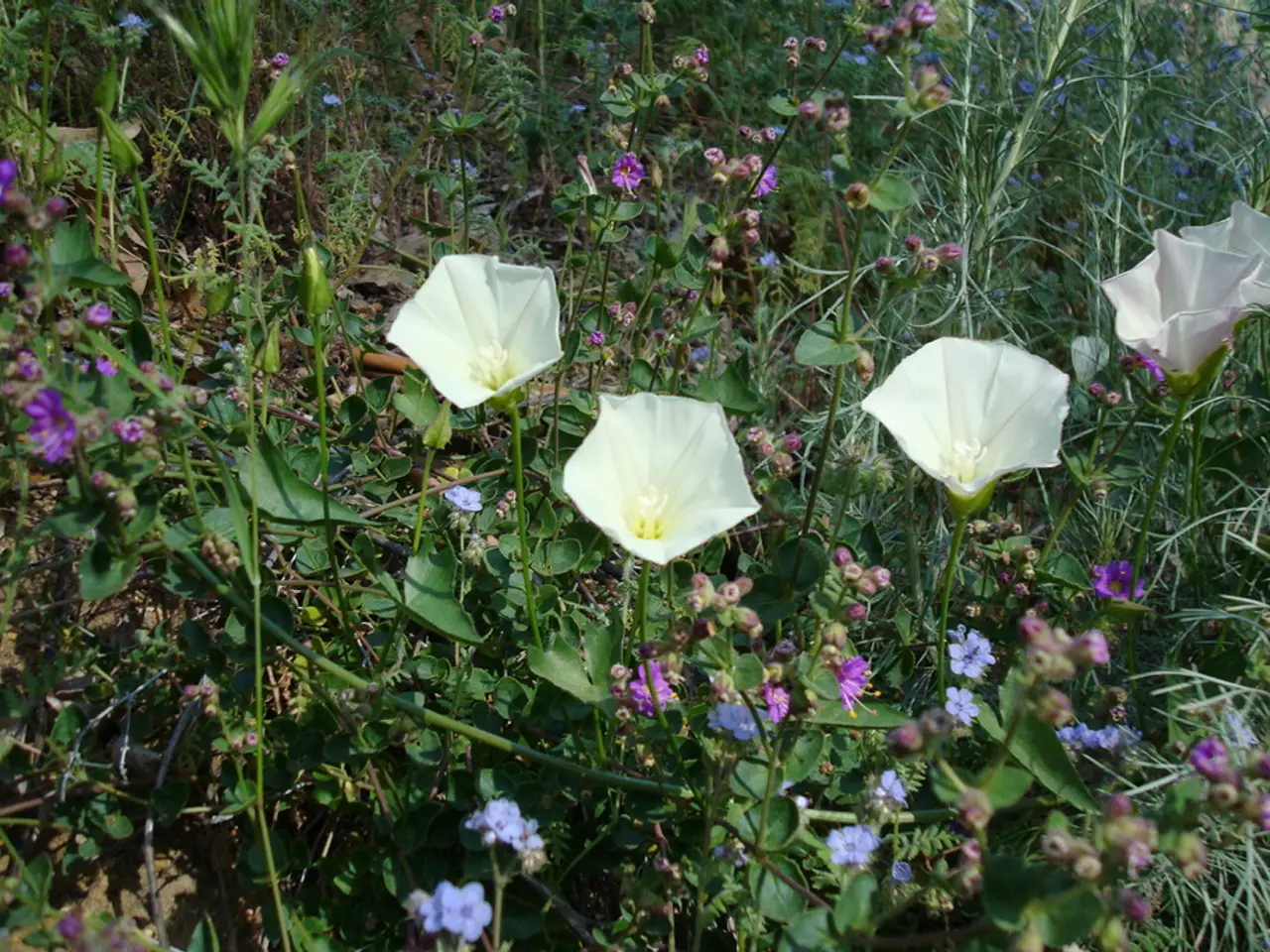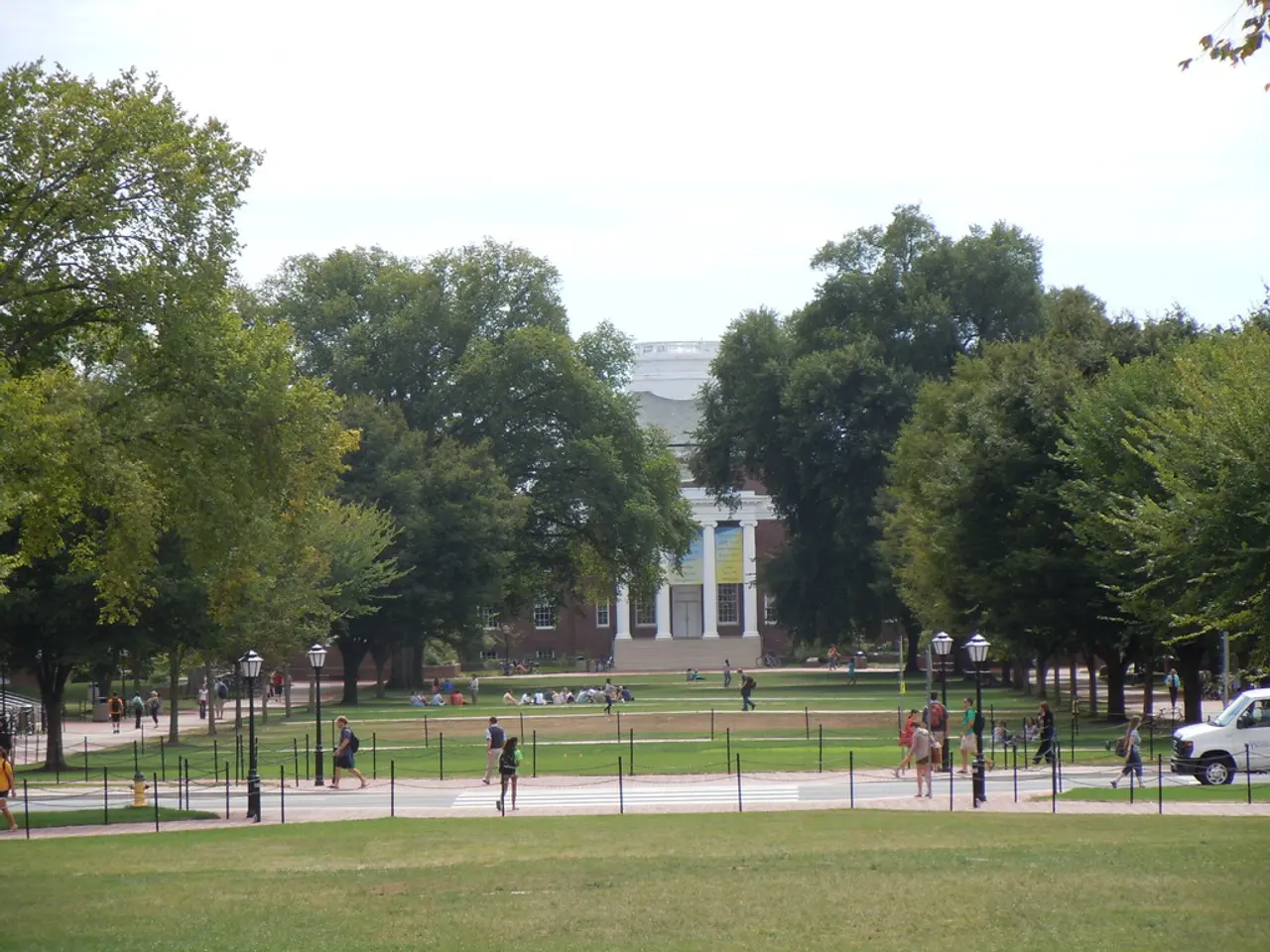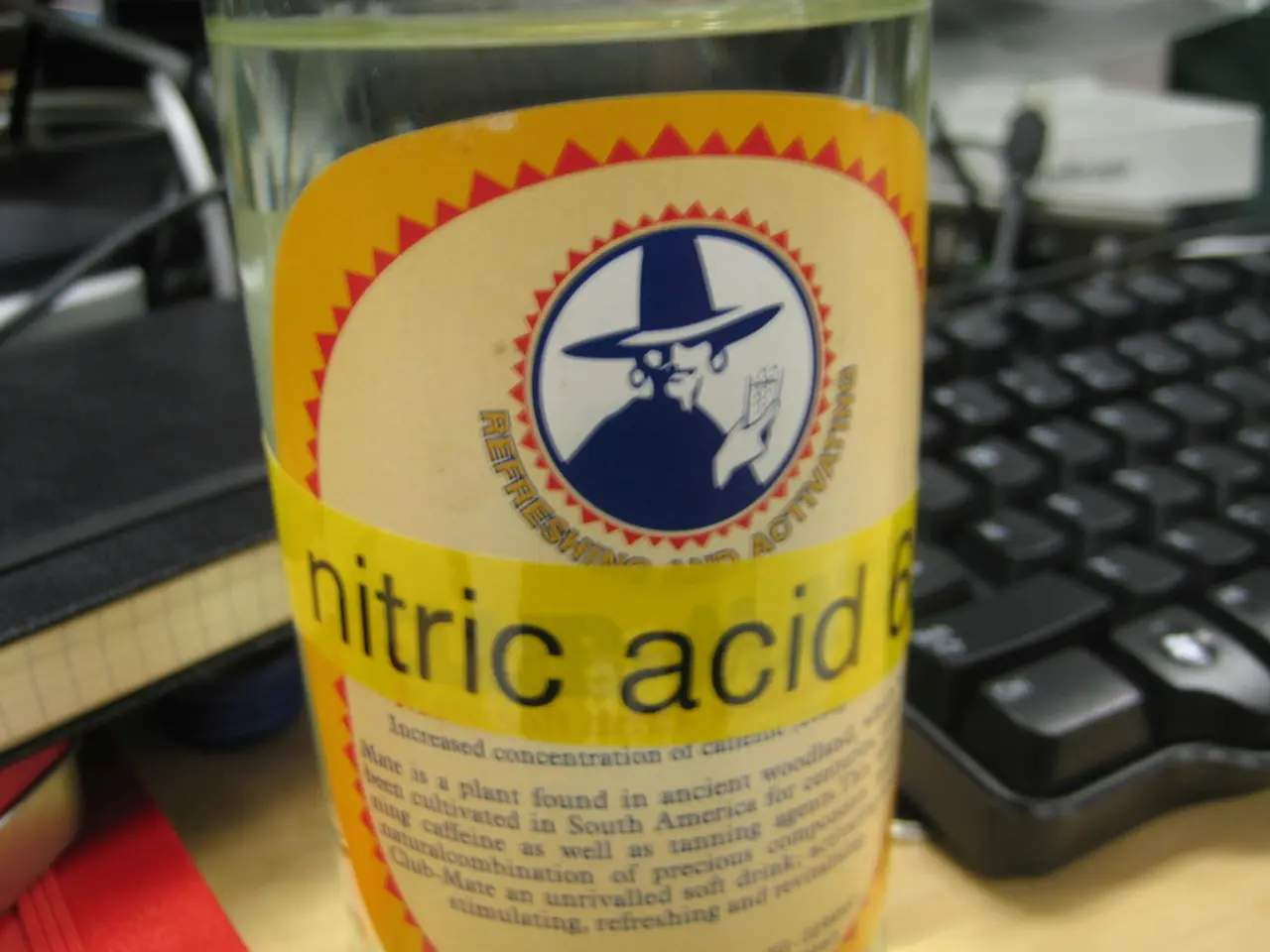Under the new prohibition, it's essential that you remove this specific plant from your local jurisdiction before the authorities arrive.
In a bid to protect the country's natural resources and the health of its citizens, a new law has been passed in Russia aimed at combating invasive plants, with a particular focus on the highly invasive and dangerous giant hogweed. The law requires all landowners and users, whether in urban or rural areas, to monitor and eliminate giant hogweed and other aggressive foreign plants.
The initiative to pass this law comes amid the widespread spread of giant hogweed in Russia. This foreign plant, known for its ability to easily take over abandoned plots, roadside areas, and even territories near residential buildings, is considered dangerous for agriculture and human health. It can cause severe burns on the skin and potentially serious consequences if it enters the eyes or mouth.
Starting March 1, 2026, the removal of hazardous vegetation will become a legal obligation. Compliance with these requirements will be the responsibility of anyone who owns or uses a plot. Regions will need to approve technical instructions and budgets for giant hogweed control in preparation for the next gardening season.
While specifics regarding fines for non-compliance are not detailed in the new law, historically, fines have been determined by regional authorities and can vary significantly. For example, in the Moscow region, fines for failure to eradicate giant hogweed have reportedly ranged from a few thousand rubles for individuals to much higher sums for legal entities.
It's important to note that there is no evidence in the available search results of a new federal law in Russia specifically targeting fines for "weeds," including giant hogweed. Enforcement and fine amounts for invasive plants like giant hogweed remain the responsibility of regional and local authorities, with penalties varying by location and not subject to a nationwide standard.
The law proposes a comprehensive approach to combating invasive species, including mechanical, chemical, and agronomic methods tailored to regional climate and soil conditions. Informative guides for residents and landowners are being developed in some regions to raise awareness about combating dangerous vegetation.
Other highly invasive species include Goldenrod, Ragweed, and several others recognized as aggressive by ecologists and agricultural specialists. The law covers both private sector and state and corporate structures that manage lands.
Without decisive action, experts warn that giant hogweed could spread to entire districts, displacing forage and native grasses, degrading soil quality, and increasing land rehabilitation costs. By taking action now, Russia aims to ensure civilized land management and protect its natural resources for future generations.
The new law in Russia, focusing on science and environmental-science, aims to combat invasive plants such as giant hogweed and other harmful foreign species, highlighting an integration of health-and-wellness considerations due to their potential danger to both human health and agriculture. To effectively control the spread of giant hogweed, starting March 1, 2026, landowners and users will be legally obligated to remove hazardous vegetation, with specific control methods customized to regional climates and soils.




